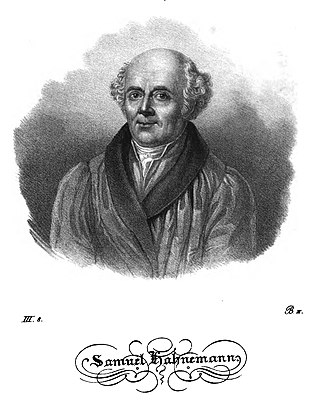
Homeopathy or homoeopathy is a pseudoscientific system of alternative medicine. It was conceived in 1796 by the German physician Samuel Hahnemann. Its practitioners, called homeopaths or homeopathic physicians, believe that a substance that causes symptoms of a disease in healthy people can cure similar symptoms in sick people; this doctrine is called similia similibus curentur, or "like cures like". Homeopathic preparations are termed remedies and are made using homeopathic dilution. In this process, the selected substance is repeatedly diluted until the final product is chemically indistinguishable from the diluent. Often not even a single molecule of the original substance can be expected to remain in the product. Between each dilution homeopaths may hit and/or shake the product, claiming this makes the diluent "remember" the original substance after its removal. Practitioners claim that such preparations, upon oral intake, can treat or cure disease.

François-Auguste Gevaert was a Belgian musicologist and composer.

Cyprian Kamil Norwid was a Polish poet, dramatist, painter, sculptor, and philosopher. He is now considered one of the four most important Polish Romantic poets, though scholars still debate whether he is more aptly described as a late romantic or an early modernist.

Casale Monferrato is a town in the Piedmont region of northwestern Italy, in the province of Alessandria. It is situated about 60 km (37 mi) east of Turin on the right bank of the Po, where the river runs at the foot of the Montferrat hills. Beyond the river lies the vast plain of the Po valley.
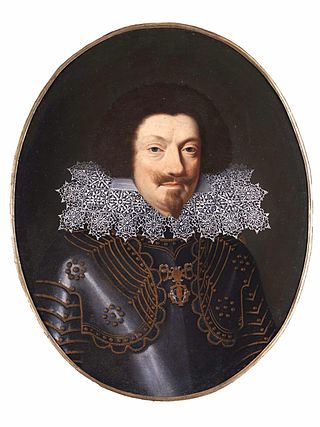
The War of the Mantuan Succession (1628–1631) was a conflict related to the Thirty Years' War and was caused by the death in December 1627 of Vincenzo II, the last male heir in the direct line of the House of Gonzaga and the ruler of the duchies of Mantua and Montferrat. Those territories were key to control of the Spanish Road, an overland route that allowed Habsburg Spain to move recruits and supplies from Italy to their army in Flanders. The result was a proxy war between France, which supported the French-born Duke of Nevers, and Spain, which backed a distant cousin, the Duke of Guastalla.

Unione Sportiva Alessandria Calcio 1912, commonly referred to as Alessandria, is an Italian football club based in Alessandria, Piedmont. It currently plays in Serie D, the fourth tier of Italian football.

Ippolito (I) d'Este was an Italian Roman Catholic cardinal, and Archbishop of Esztergom. He was a member of the ducal House of Este of Ferrara, and was usually referred to as the Cardinal of Ferrara. Though a bishop of five separate dioceses, he was never consecrated a bishop. He spent much of his time supporting the ducal house of Ferrara and negotiating on their behalf with the Pope.
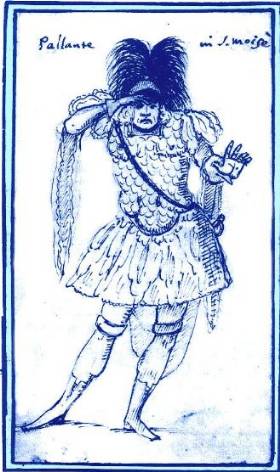
Giuseppe Maria Boschi was an Italian bass singer – though in modern terms a baritone – of the 18th century. He is best remembered for his association with the composer George Frideric Handel, whom he worked for in both Italy and London.

Leonardo Bistolfi was an Italian sculptor and an important exponent of Italian Symbolism.
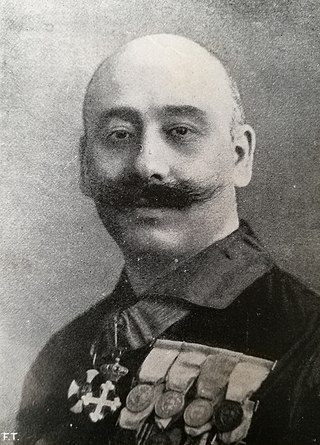
Cesare Maria De Vecchi, 1st Conte di Val Cismon was an Italian soldier, colonial administrator and fascist politician.
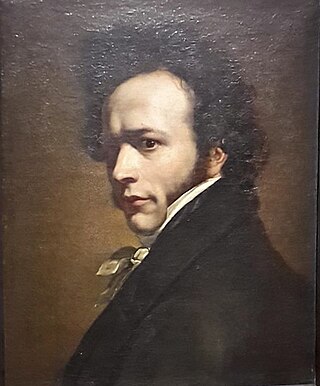
Giovanni Battista Biscarra or Jean-Baptiste Biscarra was an Italian painter, sculptor and lithographer. He principally painted historical and religious subjects and royal portraits.
Electrohomeopathy, Electrohomoeopathy, or Mattei cancer cure is a derivative of homeopathy invented in the 19th century by Count Cesare Mattei. The name is derived from a combination of electro and homeopathy. Electrohomeopathy has been defined as the combination of electrical devices and homeopathy.
The "Studium", or in full the Accademia di Casale e del Monferrato per l'Arte, la Letteratura, la Storia, le Scienze e le Varie Umanità, was significant in the Middle Ages as a major center in Casale Monferrato for academic and scholarly achievement. It possessed several scientific sections devoted to science, history, literature, music and art.

Pier Cesare Bori was a professor of religious history, moral philosophy, and multiculturalism at the University of Bologna. He was also a leading Italian Quaker and Tolstoy scholar. For many years he kept a writing studio in Livergnano near Bologna.

Luigi Serra was an Italian painter, known for his watercolors.
Alessandro Nelli was an Italian entrepreneur. Nelli was the founder of the Fonderia Nelli, which was the leading sculpture foundry in Rome from 1880 to 1900. He participated to national, international and universal exhibitions, winning several prizes and medals. He exported more than 100 pieces to the 1893 World's Columbian Exposition in Chicago. Nelli made artistic bronzes for several Italian and foreign artists, including several American artists.

Rocchetta Mattei is a fortress located on the Northern Apennine Mountains, on a hill which is 407 meters above sea level, in the locality of Savignano in the municipality of Grizzana Morandi, on the Strada Statale 64 Porrettana, in the Metropolitan City of Bologna.
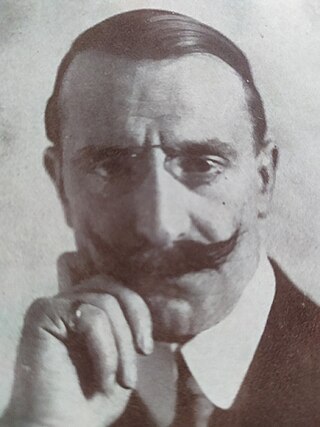
Enrico Thovez was an Italian artist-polymath best known for his contributions as a poet and literary critic.
The Workers' Hymn or Workers' Song, also known as the Hymn of the Italian Workers' Party, is an Italian socialist anthem written by Filippo Turati, and set to music by Amintore Galli.

















